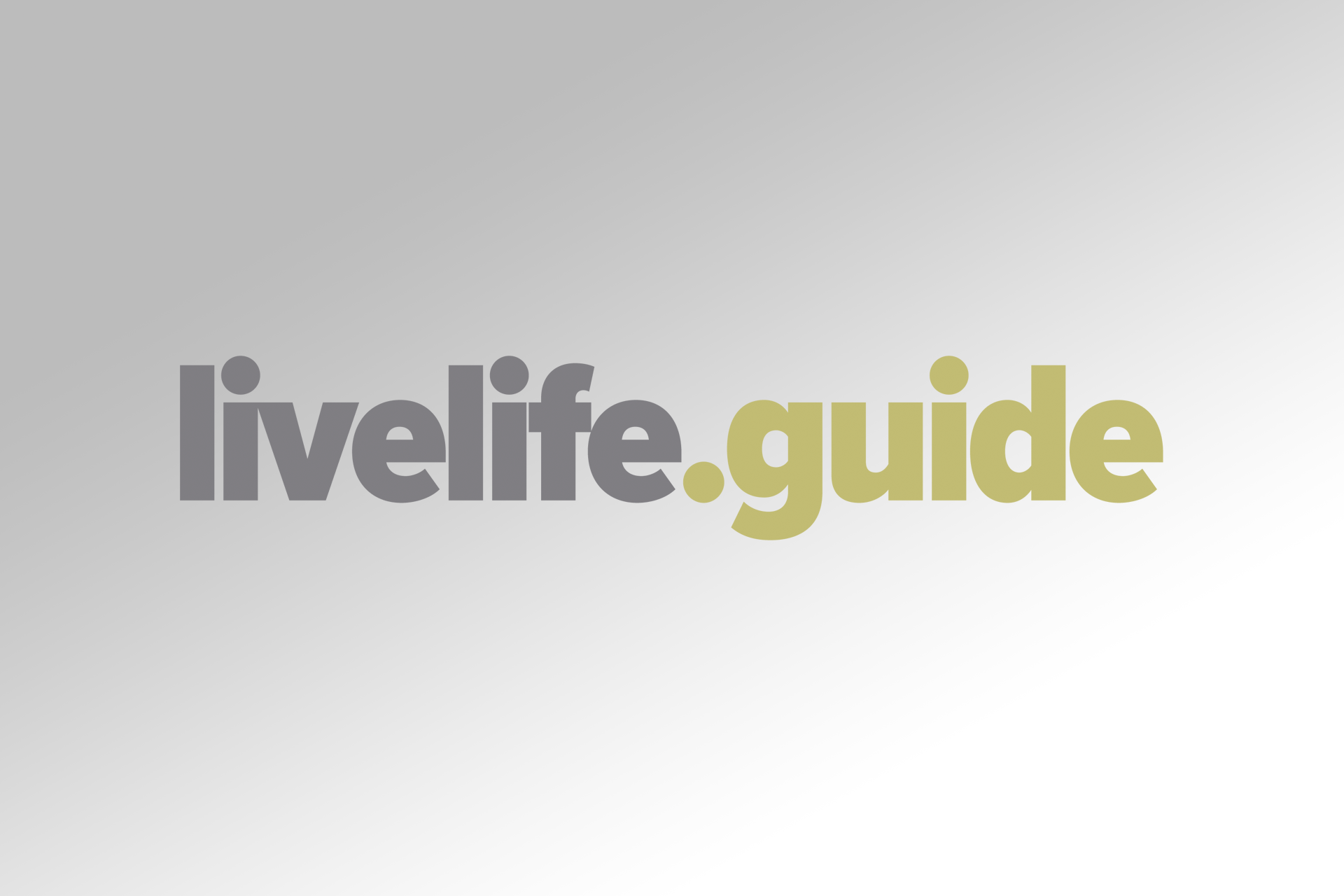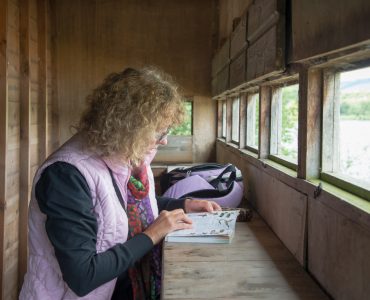Yellowhammer is a bird which is known scientifically by the name of Emberiza citronella. These are passerine birds which belong to bunting family called Emberizidae. These birds can be seen breeding across most of the parts of Asia as well as in Europe. These birds were introduced in New Zealand during 1862. These birds are now seen more commonly in New Zealand than in Europe. The birds which can be seen in Asia and Europe are commonly residents, but those which are seen in the northern parts migrate to the south during winters. These can be seen commonly in open areas which have some trees or scrub. During winters, these birds are commonly seen in small flocks.
These birds are robust and possess a length of about 15.5 cm to 17 cm. The bill of these birds is used for eating very thick seeds. The male birds possess a head which is bright yellow in colour and the under parts are also yellow. The males have a back which is streaked heavily brown. The female birds have a duller appearance and the streaks are seen more in the below parts.
The song of these birds is very similar to those of cocks and is monotonous. The food of these birds includes insects while they feed the young ones. In other situations, the major foods of these birds are seeds.
The nests are made on the ground in which eggs around three to six in numbers are laid by the female yellowhammers. The eggs possess the characteristic hair like marks on blunts of the eggs.
These birds are seen mostly around arable of low lands as well as in mixed farmlands. This may be due to greater availability of the seeds in these locations. The nests are made in patches of the scrub, hedges as well as ditches, specifically if grass margins present near these are wide. The presence of cereal crops next to margins can also be a reason for them to choose such locations.
The normal height of the hedges will be around two metres. During winters, flocks of yellowhammers feed at the sites which are rich in seeds like the winter stubbles as well as fields which are newly sown.
The diet of these birds include seeds of grasses like Meadow grass, Ryegrass as well as Fescue, cereals, Common Nettle, knotgrass, fat hen, dock, Common Chickweed, mouse-ear, Vetches, forget-me-not, clover, knapweed, Dandelion, Sow thistle, Yarrow as well as Plantains. They also feed on invertebrates especially during the season of breeding. These include mayflies, springtails, grasshoppers, earwigs, cockroach, lacewings, hemiptera, bugs, caddis flies, spiders, sawflies, woodlice, caterpillars, millipedes, beetles, flies, earthworms as well as snails.
These birds normally choose invertebrates which move at a very slow pace.
The nests of these birds are in the shape of cups which is usually built by the female yellowhammers by using moss as well as grass. These nests are then lines with the help of grass as well as hairs. Two to six eggs are laid by the females which have a length of 22 mm and width of 15 mm. The eggs are smooth and glossy and possess a white colour. One can see some purplish markings on these white coloured eggs.






